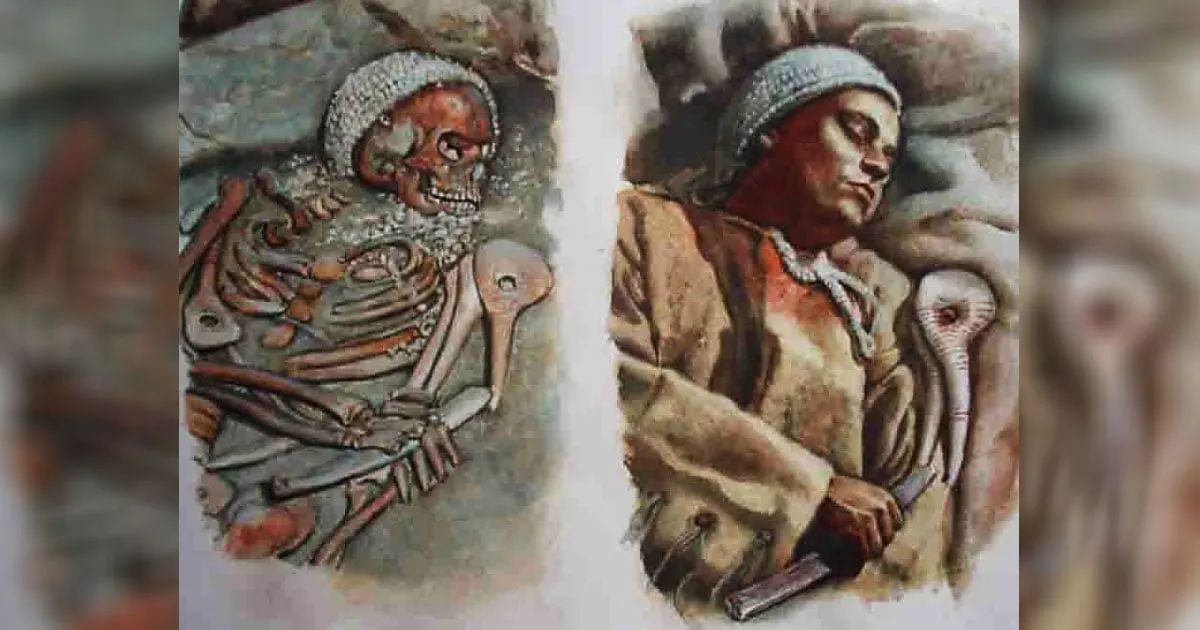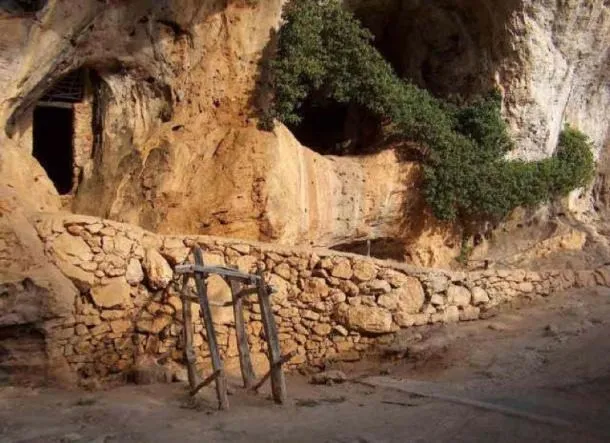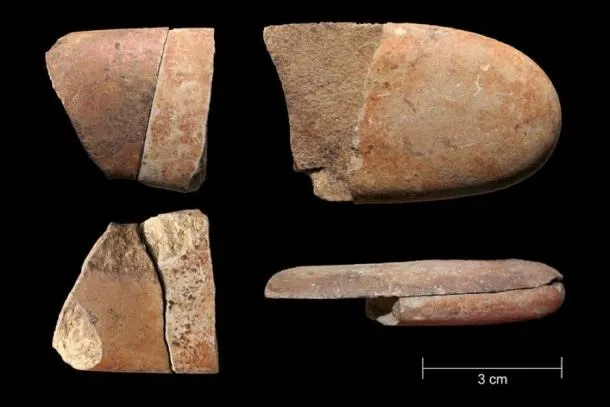Arene Candide: Ice Age cave reveals rituals for saying goodbye to our dead 12,000 years ago
Broken stones buried 12,000 years ago have been found in Arene Candide, a cave that was used as a cemetery during the last Ice Age.

In the Paleolithic, Arene Candide was a kind of primitive necropolis. It is a cave in Liguria, Italy, in which 19 graves have been found. Most of the bodies there were buried over a period of 500 years, when early humans used the cave to lay their loved ones to rest.
The cave has been a recognised archaeological site since the 1940s, but until now, broken pebbles at burial sites have been overlooked and ignored. A new theory suggests they could be more than just stones. They could be a glimpse into a prehistoric ritual that reveals how we once carried memories of those we had lost.
- Ten archaeological mysteries from around the world
- The cave provides 78,000 years of cultural and technological evolution in East Africa
- Talgua Cave: The Cave of the Glowing Skulls

Arene Candide Cave, Liguria, Italy. ( Dimore Storiche Italiane )
Arene Candide: an ice age cemetery
The cave itself is not a new discovery. For over a hundred years, archaeologists have been studying the ancient bodies buried within. Safe from the eroding effects of the outside air, they have been preserved almost perfectly, allowing us to glimpse the bodies, as well as the clothing and jewelry worn by people who died thousands of years ago.
The oldest body found inside belongs to a 15-year-old boy nicknamed “The Young Prince,” buried 23,500 years ago. After all those years, his cap still rests on his head and his shellfish jewelry is still at his side.
It is an extreme case. Most of the twenty bodies buried there were interred over a period of 500 years, around 10,000 BC, at the end of the last Ice Age. And, like the Young Prince, their bones are still incredibly well preserved.

The young prince. (I have seen Nina Volare/ CC BY SA 2.0 )
Evidence of a 12,000-year-old ritual
For twenty generations, a tribe of early humans brought their dead to Arene Candide. They were hunter-gatherers who used Stone Age tools, but they already had a complex ritual that they used to say goodbye to their dead.
It’s not all understood. We do know, however, that the cave must have seemed extremely significant to them. At the time, it would have been a huge, imposing sight situated next to a 300-foot (meter) high sand dune. Clearly, it made an impression on them; they would carry their loved ones across miles of wilderness just to bury them at Arene Candide.
Apparently, those who suffered similar deaths were buried together. For example, a single cemetery is shared by different people who died hundreds of years apart, but who were united by a common cause of death: rickets. The tribe apparently remembered how these people died and designated a burial place for a common killer.
Beyond that, however, not much is understood. These people lived thousands of years before the written word and much of how they viewed the world is a mystery to us. That’s what makes broken stones so fascinating. For the first time, an international team of archaeologists has found a family ritual that connects us to an incredibly distant past.
The broken stones
The broken stones found at Arene Candide are smooth, elongated pebbles taken from the Mediterranean Sea. Each appears to have been deliberately crushed straight down the centre to split them into equal halves. And they are all smeared with traces of red ochre, a type of clay that was used in burial.

Sample of oblong pebbles found in the 2009–11 excavation, compared to 5 pebbles found in the 1940s in association with Burial V. ( modified from Gravel-Miguel et al. 2017 )
This prehistoric tribe used pebbles to paint their dead. In some cases, they covered the wounds that killed them with ochre, in the same way that we dress our dead for funerals today. In others, they simply decorated their bodies with a clay paste.
When they were done, they would break up the stones and leave half of them with the dead. That’s what the archaeologists found: nine long stones, all broken in half. And in each case, the other half of the stone had been taken from the cave.

Pebbles reconditioned during analysis. ( University of Montreal )
Apparently, a loved one had taken the other half of the stone. They probably carried it with them everywhere: a memento that permanently linked them to those they had lost.
The first ritual
According to the study’s lead author, Claudine Gravel-Miguel of Arizona State University, this may be the oldest example of such a complex human ritual:
“If our interpretation is correct, we have pushed back the first evidence of intentional fragmentation of objects in a ritual context by up to 5,000 years.”
- Five amazing burial practices from the ancient world
- A crucified king and mysterious bones: whose remains were hidden in Abba’s cave?
- Would you dare to visit an ancient Mayan human sacrifice cave? If so, head to Belize
She and her co-authors believe that breaking the stones was a symbolic act. They believe that because the stones were used in burial, the tribe saw that they acquired a deep connection with the deceased.
His co-author Julian Riel-Salvatore says that breaking the stones was a way of “discharging them of their symbolic power,” and taking them with them was a way of maintaining their connection to those they had lost:
“They could have meant a bond with the deceased, in the same way that people today might share pieces of a friendship trinket or place an object on the grave of a loved one. It’s the same kind of emotional connection.”

Claudine Gravel-Miguel, with archaeologist Vitale Stefano Sparacello, at the excavation site inside the Candide Arena in 2011. ( Université de Montréal )
Yet they certainly reveal a deep humanity in our distant past. They show that thousands of years before history began, we were not so different from today. We were human beings who loved, who mourned, and who clung to the memories of those we had lost.
Cover image: Artist’s reconstruction of the Young Prince found in the Arene Candide cave, Liguria, Italy. Source: Public Domain
By Mark Oliver






